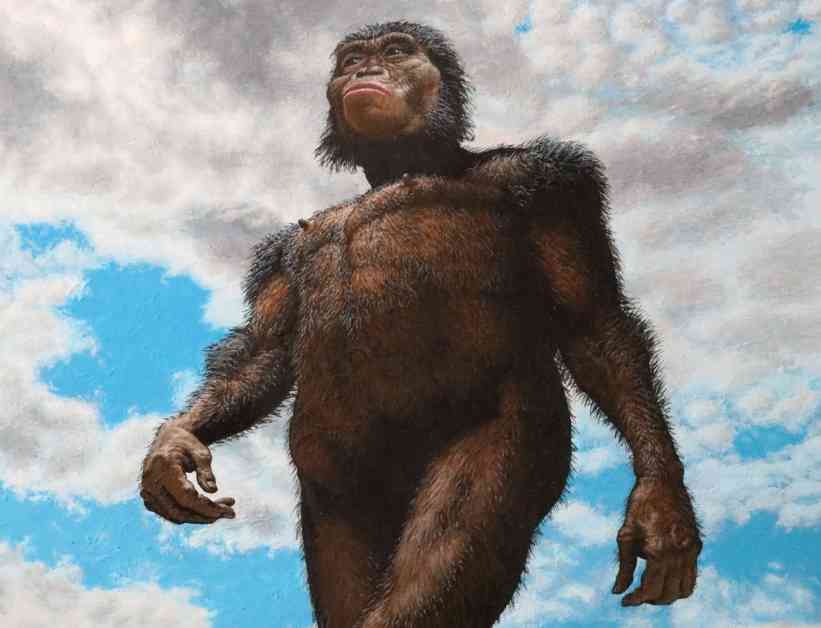Fifty years ago, a groundbreaking discovery was made in the Afar region of Ethiopia that revolutionized our understanding of human evolution. A partial skeleton of a human ancestor who lived 3.2 million years ago was found and named Australopithecus afarensis, but she is more commonly known as Lucy. Lucy’s unique combination of apelike and humanlike traits suggested she was ancestral to all later human species, including Homo.
The discovery of Lucy forced scientists to reconsider key aspects of human evolution, such as when and where humanity originated and how different extinct human species were related. Over the years, more fossils of Australopithecus afarensis have been found, providing a detailed record of this ancient species and shedding light on their lifestyle, habitat, and characteristics.
Subsequent discoveries in the Afar region and other parts of Africa have revealed that multiple human species coexisted during prehistory, challenging the idea that only one species existed at a time. Fossils of hominins like Australopithecus bahrelghazali, Kenyanthropus platyops, and Australopithecus deyiremeda have been found, suggesting a more complex evolutionary history than previously thought.
The diversity of hominins found at sites like Woranso-Mille indicates that Australopithecus afarensis lived alongside other species and may have occupied different ecological niches. These findings raise questions about which hominin species could be the ancestor of Homo and Paranthropus, as well as the relationships between different species.
Despite these new discoveries, Australopithecus afarensis remains a crucial species in human evolutionary history, with hundreds of fossils spanning 800,000 years. While other hominin species may challenge its status as the ancestor of Homo, the wealth of evidence from Australopithecus afarensis makes it the best candidate for now.
As ongoing research uncovers more fossils and expands our knowledge of human evolution, the story of our origins becomes increasingly complex and fascinating. The discoveries in the Afar region and beyond continue to shape our understanding of how we came to be and the diverse species that shared our evolutionary journey.










